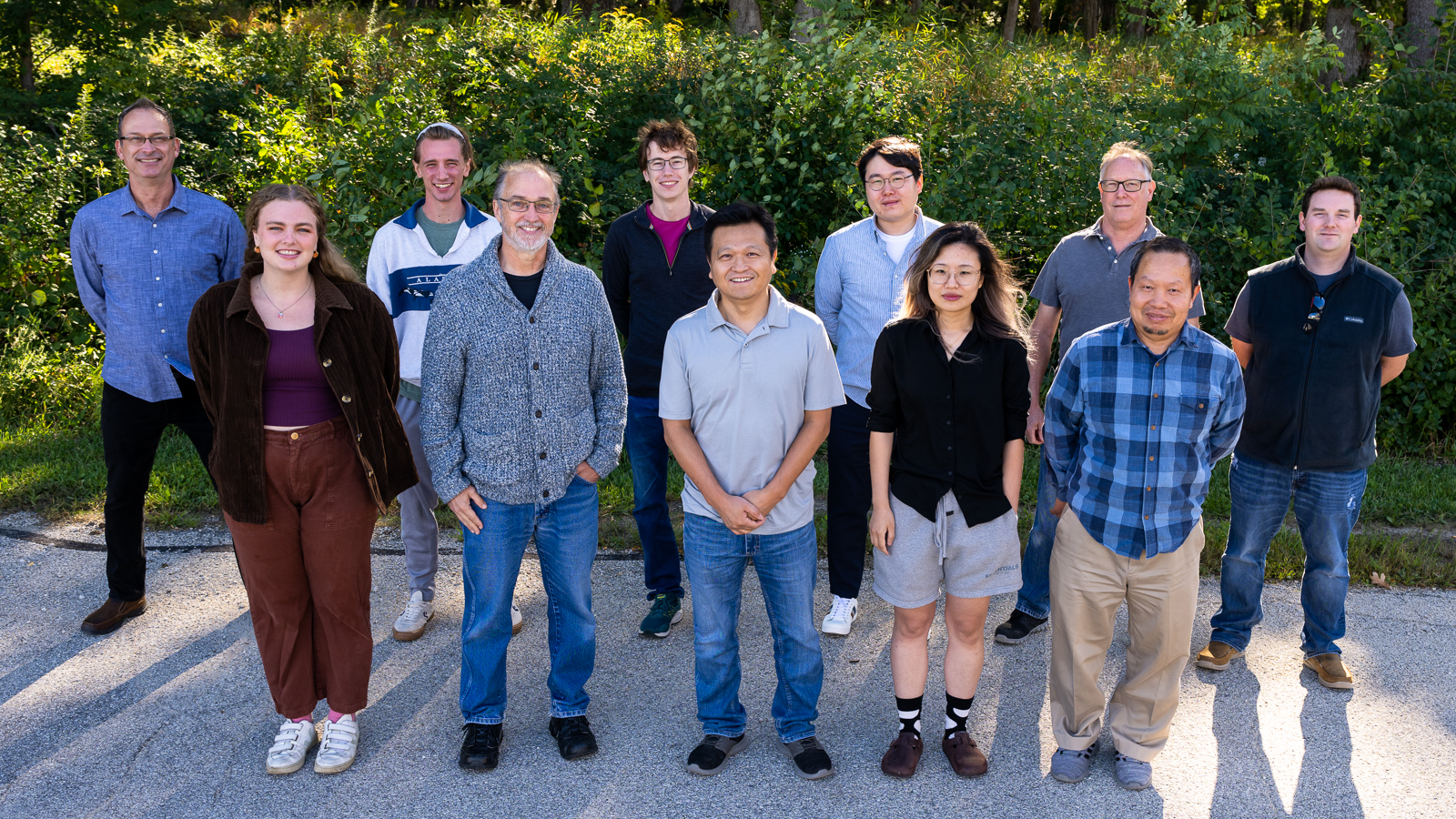The U.S. Department of Energy Office of Science’s (DOE-SC’s) Argonne Wakefield Accelerator (AWA) allows scientists to widen their expertise and help develop the next generation of accelerators that provide higher energy over short distances. With wakefield acceleration, physicists can generate hard x-rays in several meters what once required several kilometers.
Since 1987, Argonne has performed electron beam driven wakefield acceleration experiments on both plasmas and solid-state (dielectric & metallic) media. This pioneering technique generates its extraordinary acceleration from two bunches of electrons. The first creates a powerful wave in the media and the second bunch rides it like a surfboard to high energies that traditionally require longer distances.
Today’s particle accelerators are hundreds of times more powerful than their predecessors 60 years ago. In their quest to delve deeper into the building blocks of matter with ever brighter X-rays, physicists have built longer and more expensive particle accelerators.
Yet that quest has practical limits. Longer particle accelerators cost more build and operate. Fortunately, the potential of smaller, cheaper and higher-efficiency linear accelerators is vast.
This one-of-a-kind research tool produces an accelerating gradient that is many times stronger than conventional linear accelerators. Such miniaturized power could revolutionize scientific inquiry, delivering higher accuracy at lower costs. Advances at the AWA may also benefit a wide range of industries as vital technologies become more accessible – from radiation therapies in hospitals to semiconductor research and food irradiation.
